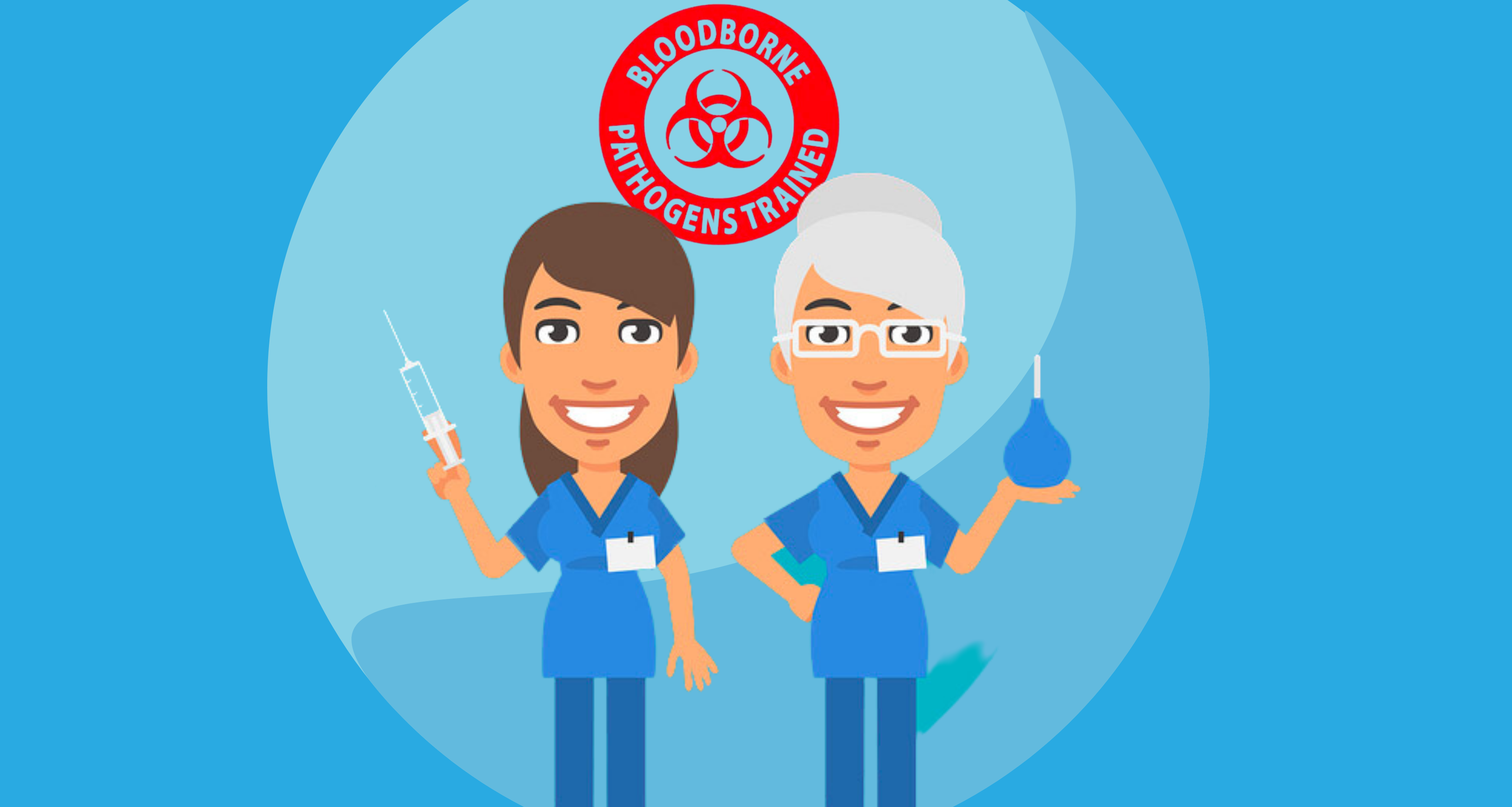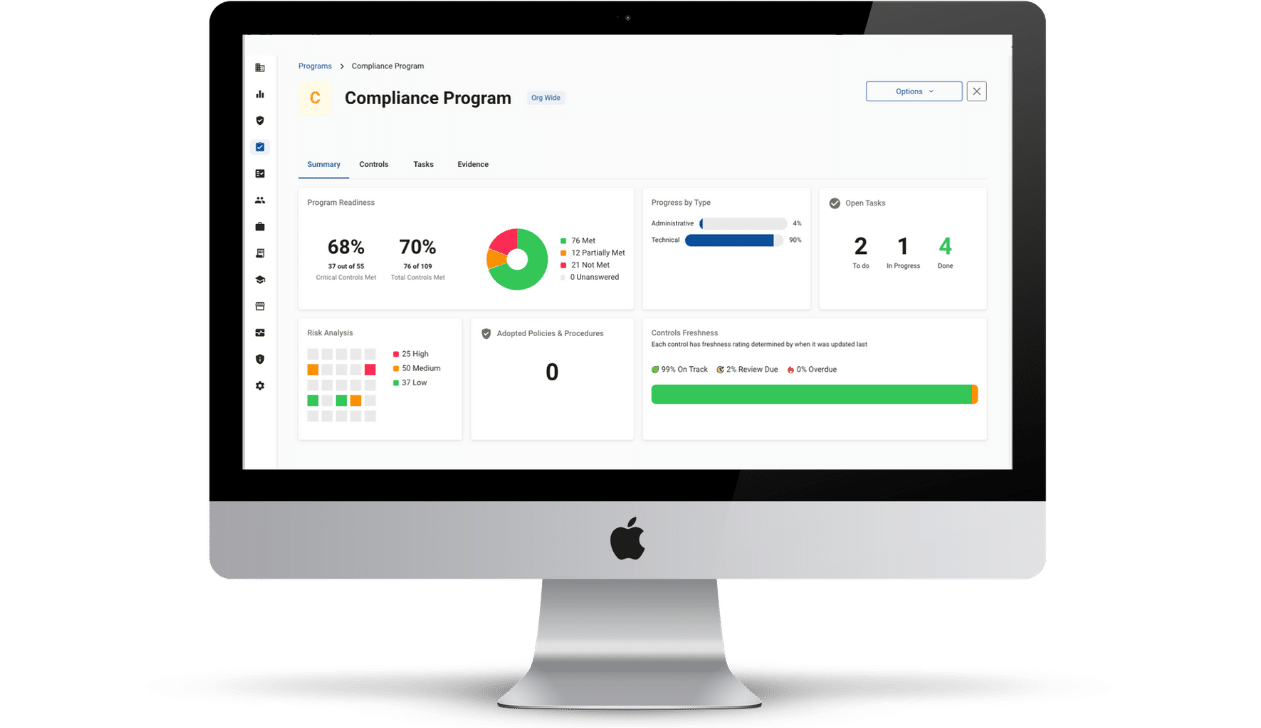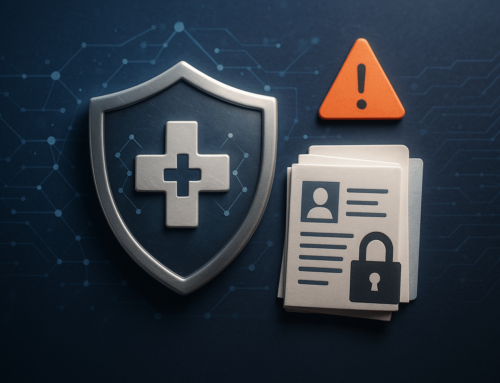
In today’s world, workplace safety is of utmost importance. One vital component of maintaining a safe working environment is understanding and preventing the risks associated with bloodborne pathogens. The Occupational Safety and Health Act (OSHA) recognizes this concern and has established guidelines for OSHA bloodborne pathogens training.
Let’s dive into the significance of the training itself, the OSHA bloodborne pathogens certification requirements, and the benefits it brings to employers and employees.
Mastering OSHA Bloodborne Pathogens Training for a Safer Workplace
Bloodborne pathogens are microorganisms present in human blood that can cause diseases if transmitted from an infected individual to another person through contact with contaminated blood or other bodily fluids.
Examples of such pathogens include:
- Hepatitis B Virus (HBV)
- Hepatitis C Virus (HCV)
- Human Immunodeficiency Virus (HIV)
OSHA Bloodborne Pathogens Training aims to educate workers about these potential risks, prevention methods, and how to respond effectively in case of exposure incidents. By providing comprehensive knowledge on handling hazardous situations, this training equips employees with crucial skills that protect them against bloodborne infections.
OSHA Bloodborne Pathogens Certification Requirements: Unlocking the Guidelines
To meet OSHA standards, organizations must ensure that all employees who may come into contact with potentially infectious materials complete the appropriate level of training. The OSHA bloodborne pathogen certification is typically required annually or when significant changes in procedures or tasks occur.
OSHA bloodborne pathogen training requirements include the following essential topics:
- Understanding Bloodborne Pathogens
- Modes of Transmission
- Proper Use of Personal Protective Equipment (PPE)
- Decontamination Processes
- Emergency Response Protocols
- Recordkeeping Requirements
Employers are responsible for delivering this information in a manner that is accessible to all employees.
Obtaining an OSHA Bloodborne Pathogens Training Certificate
To obtain OSHA Bloodborne Pathogens certification, employees must undergo the appropriate training provided by their employer or through external sources such as certified trainers or online platforms.
Upon completing the OSHA bloodborne pathogens training program, employees receive an OSHA bloodborne pathogens training certificate as evidence of their compliance with safety regulations. This certificate demonstrates their commitment to workplace safety and serves as a valuable credential for career advancement.
The OSHA bloodborne pathogens training certificate should be prominently displayed in the workplace to assure employees and visitors that the organization is dedicated, passionate, and committed to maintaining a safe working environment. Employers can also use these certificates during audits or inspections conducted by regulatory bodies as proof of their compliance with OSHA standards.
Benefits of OSHA Bloodborne Pathogens Training: Safeguarding Lives & Protecting Communities
To ensure workplace safety and prevent the spread of infectious diseases, OSHA Bloodborne Pathogens Training offers numerous benefits for employees and employers alike.
1. Enhanced Workplace Safety
By equipping employees with knowledge about bloodborne pathogens, employers create a safer working environment where individuals know potential risks and how to prevent infections. This training helps reduce the likelihood of accidents or exposure incidents, safeguarding employees’ health and the organization’s reputation.
2. Compliance with Regulatory Standards
It is required that organizations provide appropriate OSHA bloodborne pathogens training to protect workers’ health. Meeting these requirements ensures legal compliance and demonstrates a commitment to prioritizing employee welfare.
3. Reduced Liability
With comprehensive OSHA bloodborne pathogens training, employees gain the confidence and skills to handle potentially hazardous situations properly. This reduces the risk of accidental exposure and subsequent liability issues for employers.
4. Increased Employee Engagement
Organizations investing in employee safety through OSHA bloodborne pathogens training foster a culture of care and concern. Employees feel valued when their well-being is prioritized, leading to higher job satisfaction, improved morale, and increased productivity.
Meeting OSHA Bloodborne Pathogens Training Requirements
All in all, OSHA Bloodborne Pathogens Training plays a vital role in ensuring workplace safety by equipping employees with the necessary knowledge and skills to handle potentially infectious materials effectively. By adhering to OSHA guidelines and requirements, organizations can create a secure environment while minimizing the risks associated with bloodborne pathogens. Through comprehensive training programs and certifications, employers prioritize the well-being of their workforce and demonstrate their commitment to maintaining high safety standards.
Compliancy Group’s healthcare compliance software provides comprehensive employee training on important OSHA safety topics, including OSHA bloodborne pathogens training. Employers can assign training and track employee progress through the online platform. Automatic reminders are also sent to employees to remind them to complete their training. Streamline your OSHA training with automated software!










